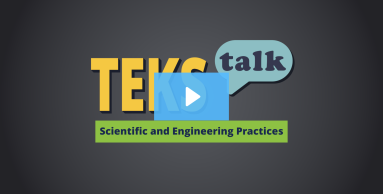
Knowledge and Skills Statement
Scientific and engineering practices. The student knows the contributions of scientists and recognizes the importance of scientific research and innovation on society.
Further Explanation
The further explanation is designed to be a resource for educators that helps them better understand the topic their students are learning. Further explanations may be written at a more complex level than would be expected for students at the grade level.
While cost-benefit analysis asks whether the economic benefits outweigh the economic costs of a given policy, cost-effectiveness analysis is focused on the question of how much it costs to get a certain amount of output from a policy. Formulas to calculate the two are listed below.
Cost-benefit = Benefits ($) - Costs ($) (Also known as “net benefits”)
OR
Cost-benefit = Benefits ($) / Costs ($) (Also known as “benefit ratio”)
Cost-effectiveness = Costs ($) / Outcome
